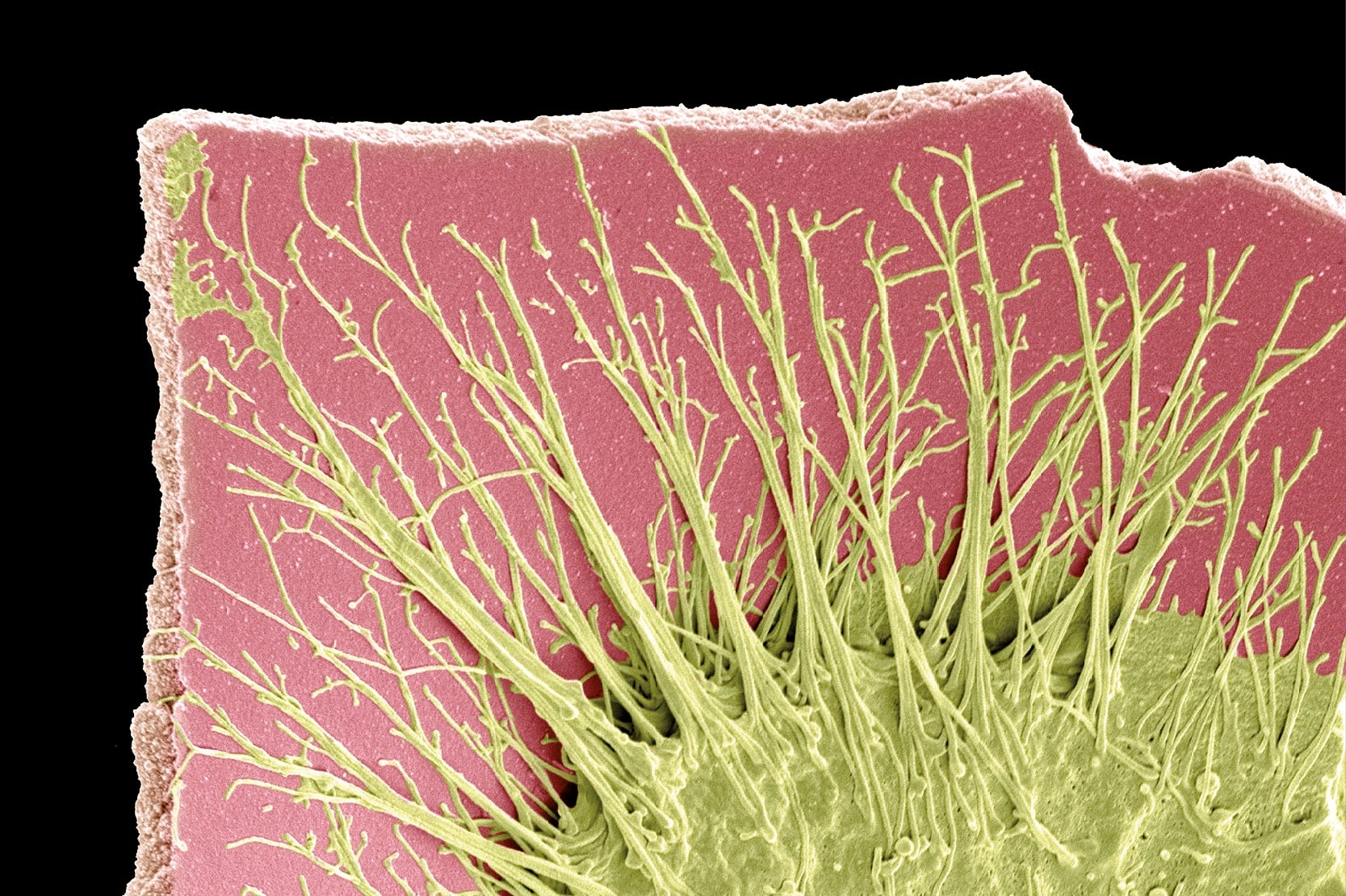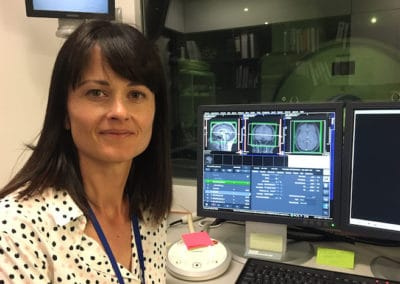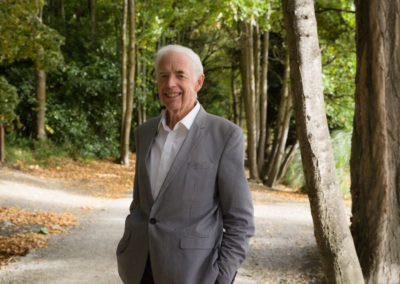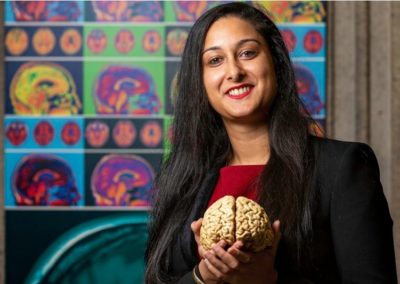In Prof. Mike Dragunow’s lab at the University of Auckland, they grow human brain cells – everything from star-shaped astrocytes and neurons, to the focus of his latest research paper, microglia – the brain’s “surveyors”. For the past twenty years, BRNZ Principal Investigator Mike Dragunow and his team have worked to better understand the molecular mechanisms of neurodegeneration and repair. And in a recent issue of the prestigious journal Molecular Neurodegeneration, they report on work that could have implications for the treatment of Alzheimer’s.
Microglia play a vital role in the brain’s immune system, so they have long been a target of Mike’s research. “Microglial cells are often involved in inflammation in the brain,” he explains. “So for many years we’ve used them, and the molecules they secrete, as a way to understand those processes.” One molecule that’s of particular interest is the protein PU.1, which sits in the nucleus of all microglial cells.
From earlier work, Mike knew that PU.1 controls a process called phagocytosis – this is the way in which microglia devour other materials present in the brain. “This is one of the cell’s most basic functions,” he says, “but by knocking out the protein, we managed to significantly inhibit that ability.” Stopping microglia from engulfing other materials is widely believed to have implications for treating brain disorders, though there is some debate on the details. So, Mike and his team set out to explore the idea, by looking at the follow-on effects on other genes of removing PU.1 in human microglial cells.

“When we got rid of the PU.1, we found changes in a number of genes,” he explains, “but two in particular – TREM2 and DAP12 – are associated with Alzheimer’s disease. So, we realised that PU.1 could be a potential therapeutic target.” In other words, if they could find a drug compound that reduced levels of PU.1 in microglial cells, it might also limit some of the genetic changes linked to Alzheimer’s.
In their study, they trialled a library of 1,280 FDA-approved drug compounds. Only one, Vorinostat, which is used in cancer treatments, had the desired effect. But that was enough for Mike, who says, “It was really quite exciting to see the effect of Vorinostat on the cells, and it’s given us a new path to explore. I’m a neuro-pharmacologist, so I want to get effective drugs into the clinic.”
Their work on PU.1 is ongoing, and it is very much an international affair. Alongside researchers from across the University of Auckland, Mike is joined by colleagues at Imperial College London and the University of Virginia. What unites them is the use of human brain tissue over animal models, something that Mike, as Director of the Hugh Green BioBank is passionate about. “Humans are full of variation, but I’d argue that including that, strengthens studies” he says. “If we can find a drug that works in the microglia of people from different backgrounds, we can be a bit more confident that it might work more generally.”
(Banner image: Microglia. Coloured scanning electron micrograph (SEM) of an activated microglial white blood cell.)
– Written by Laurie Winkless



